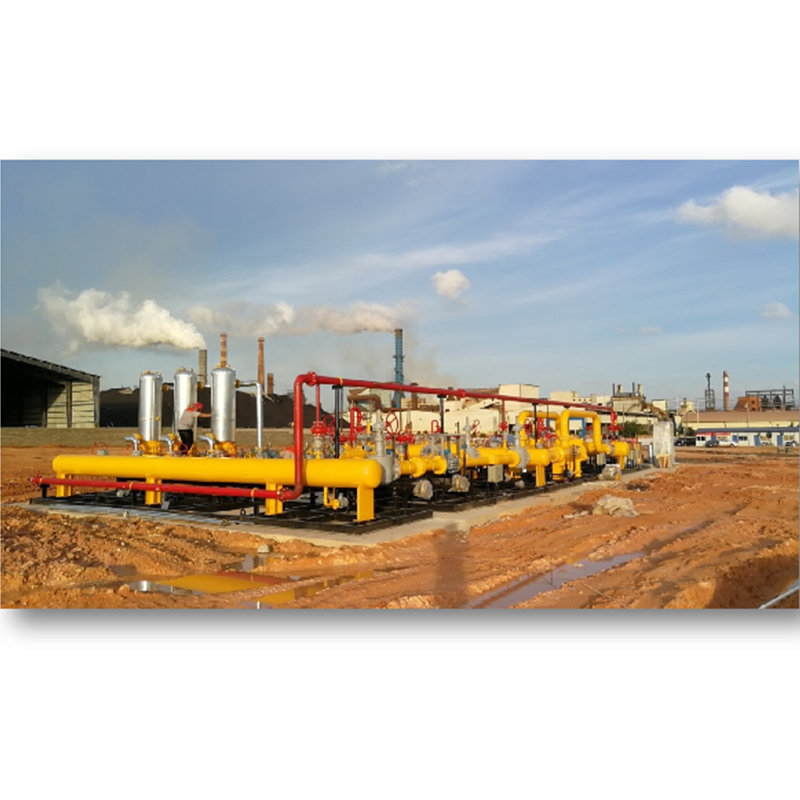
Dec . 22, 2024 18:53
Back to list
Electric Fast Charging Stations for Your Next Adventure Experience.
The Rise of Superchargers Paving the Way for Electric Vehicle Revolution
In recent years, the automotive industry has undergone a transformative shift toward sustainability, with electric vehicles (EVs) leading the charge. Central to this transition is the development of fast-charging infrastructure, notably superchargers, which are revolutionizing the way we think about electric mobility. Superchargers have started to emerge as a crucial element in making electric vehicles more practical for everyday use, addressing range anxiety and facilitating longer journeys.
Superchargers are specialized charging stations designed to deliver a high voltage direct current (DC) rapidly to electric vehicles, enabling them to recharge significantly faster than traditional Level 2 chargers. While Level 2 chargers may take several hours to fully charge an EV, superchargers can replenish a vehicle’s battery to about 80% in as little as 30 minutes, depending on the car's make and model. This remarkable speed not only saves valuable time for drivers but also makes electric vehicles a more viable option for longer trips.
The implementation of supercharger networks has predominantly been championed by companies like Tesla, which has developed a robust global infrastructure of supercharging stations. This network allows Tesla owners to travel with confidence, knowing they can easily find a charger along their route. However, the rise of superchargers is not limited to Tesla alone. Traditional automakers such as Ford, General Motors, and Volkswagen have begun investing in their own charging solutions, collaborating with third-party charging networks to expand the availability of supercharging infrastructure. This competitive landscape is benefitting consumers by increasing options and accessibility across different brands and models of electric vehicles.
One of the most significant challenges for electric vehicle adoption has been ‘range anxiety’—the fear that a driver will run out of power before they can reach their destination or a charging station. Superchargers effectively counter this concern, providing convenient locations that enable longer journeys without the worry of running low on battery. Many supercharger stations are strategically placed along highways, at rest areas, and in urban centers, making EV travel practical for both daily commutes and long-distance trips.
supercharger

Moreover, as the renewable energy sector continues to grow, the potential for supercharging stations to be powered by clean energy sources adds another layer of appeal. Many supercharging networks are exploring ways to integrate solar panels and wind energy into their systems, helping to reduce the carbon footprint even further. This synergy between electric vehicles and renewable energy reflects a broader commitment to sustainability and environmental stewardship.
The evolution of supercharging technology is also noteworthy. As battery technology improves, so too does the speed and efficiency of superchargers. Newer models can deliver higher kilowatt outputs, reducing charging times even further. Additionally, advancements in smart charging technology allow vehicles to communicate with charging stations to optimize the charging process, adjusting power levels based on demand and battery health. This innovation demonstrates the potential to enhance the overall user experience and increase the lifespan of vehicle batteries.
While superchargers have made significant strides, challenges remain. The installation of charging infrastructure requires considerable investment, and there are ongoing discussions about how to ensure equitable access to charging stations across urban and rural areas. Additionally, as the number of electric vehicles grows, ensuring that the existing grid can handle the increased demand for electricity is essential.
Looking ahead, the future of transportation appears electric, and superchargers will undoubtedly play a pivotal role in this evolution. As charging technologies continue to improve and become more widespread, the barriers to electric vehicle adoption will diminish. The comprehensive growth of the supercharging network will not only empower individuals to choose electric vehicles but also contribute to a broader effort to reduce greenhouse gas emissions and combat climate change.
In conclusion, the rise of superchargers showcases a promising trajectory for electric vehicles and sustainable transportation. By alleviating range anxiety, enhancing travel convenience, and integrating renewable energy, superchargers are transforming the landscape of mobility. As we look toward the future, it is clear that superchargers will remain a cornerstone of the electric vehicle revolution, driving us closer to a cleaner, more efficient transportation paradigm.
Latest news
-
Safety Valve Spring-Loaded Design Overpressure ProtectionNewsJul.25,2025
-
Precision Voltage Regulator AC5 Accuracy Grade PerformanceNewsJul.25,2025
-
Natural Gas Pressure Regulating Skid Industrial Pipeline ApplicationsNewsJul.25,2025
-
Natural Gas Filter Stainless Steel Mesh Element DesignNewsJul.25,2025
-
Gas Pressure Regulator Valve Direct-Acting Spring-Loaded DesignNewsJul.25,2025
-
Decompression Equipment Multi-Stage Heat Exchange System DesignNewsJul.25,2025

